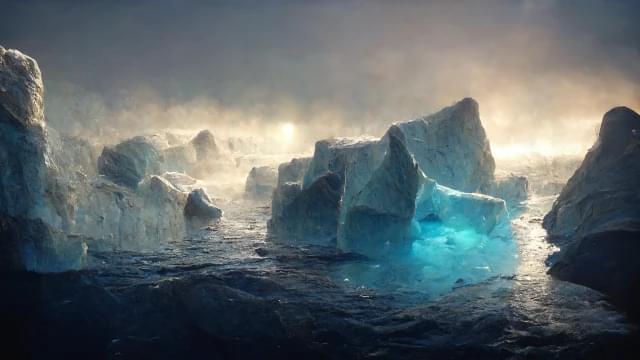Enhancers change rapidly during evolution, but the mechanisms by which new enhancers originate in the genome are mostly unknown. Not all regions of the genome evolve at the same rate and mutations are elevated at late DNA replication time. To understand the role played by mutational processes in enhancer evolution, we leveraged changes in mutation rates across the genome. By examining enhancer turnover in matched healthy and tumor samples in human individuals, we find while enhancers are most common in early replicating regions, new enhancers emerged more often at late replicating regions. Somatic mutations in cancer are consistently elevated in enhancers that have experienced turnover compared to those that are maintained. A similar relationship with DNA replication time is observed in enhancers across mammalian species and in multiple tissue-types. New enhancers appeared almost twice as often in late compared to early replicating regions, independent of transposable elements. We trained a deep learning model to show that new enhancers are enriched for mutations that modify transcription factor (TF) binding. New enhancers are also typically neutrally evolving, enriched in eQTLs, and are more tissue-specific than evolutionarily conserved enhancers. Accordingly, transcription factors that bind to these enhancers, inferred by their binding sequences, are also more recently evolved and more tissue-specific in gene expression. These results demonstrate a relationship between mutation rate, DNA replication time and enhancer evolution across multiple time scales, suggesting these observations are time-invariant principles of genome evolution.
The authors have declared no competing interest.





